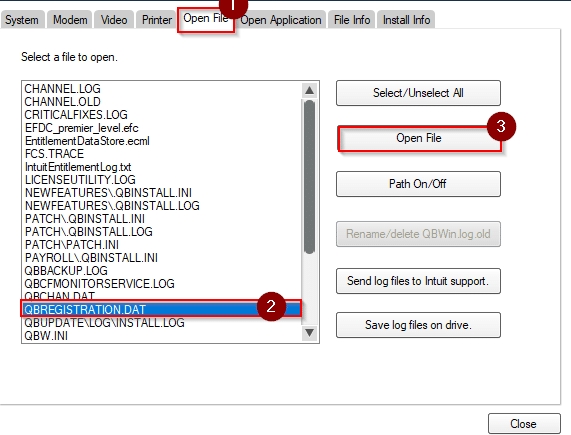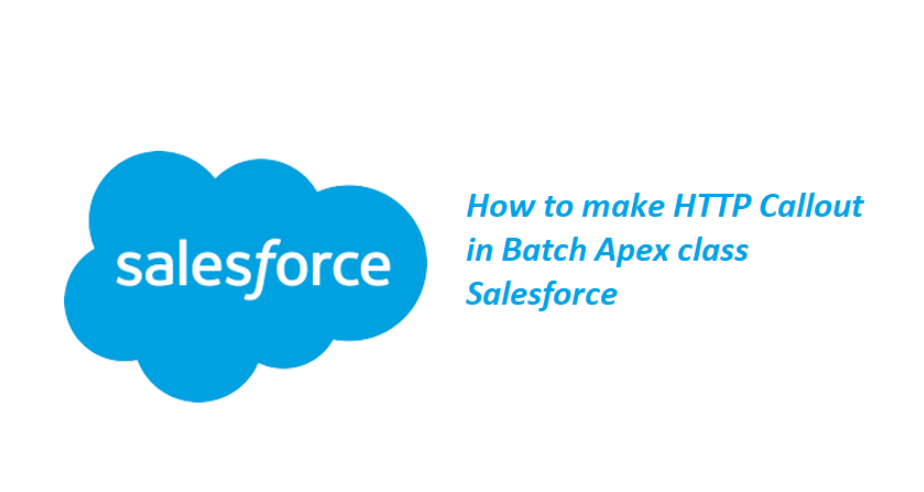Which of the Following Methods Are Useful for Conducting Market Research?

Personal interviews
Personal interviews can be conducted to gain information from people about a product or service. The interviewer must remain unbiased throughout the interview process. This may be difficult since the interviewer may be biased based on appearance, race, or other factors. In addition, personal interviews can take longer than expected. Some people are more comfortable answering questions in person rather than using the telephone, so be sure to allow enough time for the interview.
In-depth personal interviews are particularly useful for gathering information on the impressions of your customers. This method involves asking your respondents a series of questions during a 20 to 30-minute conversation. It is best to do these interviews face-to-face, but you can also use video conferencing. The results of these interviews are often very insightful.
Anúncios
In addition to in-person interviews, surveys can also be an effective method of primary research. Surveys allow participants to participate from different places, using different devices, and across different time zones. To prepare a survey, you must first segment your target market and create a list of participants. To make this process easier, you can hire a panel or use an existing marketing list.
Focus groups are another way to conduct market research. Focus groups are usually held in a neutral place with a moderator. Focus groups can be very helpful for learning about a specific market segment. In addition, they can help marketers learn more about complex behaviors, such as the apparent disconnect between desire and action.
Anúncios
Structured interviews allow interviewers to understand the answers of respondents better than they can through online surveys. Interviewers can also observe the respondents’ non-verbal communication, which can be very helpful in understanding their responses. One-to-one interviews are also more effective for capturing a respondent’s experiences.
Observation
Observation is a very useful method of conducting market research. It provides a measure of what the participants do directly, and is often combined with other methods such as surveys. This way, the researcher gets a more detailed picture of the actual behaviour, as well as the underlying factors that may affect the responses.
The main purpose of observation is to gain insight about the buying habits of potential customers. This method is often conducted with the help of a camera or a video recorder. The camera is pointed at a specific location and the participants are observed while interacting with a product. Unlike focus groups, where participants may have a bias, observation allows a professional to get the true feelings of customers.
Observation is also very useful when evaluating the consumer behavior. You can observe the temperature in a store, how people behave while using a product, or even what they do while using a marketing display. You should be sure to note down timestamps to help you understand what the users are doing.
Observational research is more accurate than survey research, because it is based on actual behavior, not hypothetical ones. It is a valuable method when you want to know how to reach the right audience. If you know your audience, you can tailor your marketing approach to suit their needs and preferences.
Observation is an important method in market research, but it has its drawbacks. For one, it is time-consuming, requiring the researcher to dedicate a lot of time and energy to watching a specific group of people. In addition, there are instances where a researcher might become distracted while observing. These distractions can taint the results. Observation can also produce anomalies. Without statistical analysis, they may be mistaken for regular occurrences, making a market observation report more difficult to interpret.
Field trials
Field trials allow you to test a product in a natural setting, with people who are likely to use it. You can also record their reactions, which will help you improve the product. For example, if you’re developing a new toaster, you could ask people to use it and record their impressions. The company would analyze these impressions, then use them to improve the toaster.
To conduct a field trial, you’ll need a finished or nearly-finished product or prototype. You can combine this method with surveying, interviews, ethnographies, or other research methods. For example, you can ask survey questions before and after participants try the product, or you can interview people face to face. Or you can just watch people use it to get an idea of how they like it. Various market research methodologies are available, so it’s important to understand which ones are best suited for your research.
The most important benefit of using field trials is that you can interact with the research participants. You’ll be able to influence the direction of the discussions. Additionally, you’ll have a relaxed environment to facilitate open conversations. And if you’re conducting a study on children, you can use field research to get a better idea of what works for them.
Another useful market research method is a focus group. A focus group is a large group of people who will provide data about a specific topic. A moderator will ask them scripted questions, and observers will watch the group from a two-way glass, analyzing body language and social behavior. This method of market research is especially useful in later stages of the development cycle, when a prototype product or service has not been ready yet.
Secondary market research
Secondary market research is a method of gathering information from other sources. These sources may include government sources, academic journals, or even student dissertations. These secondary sources can provide critical preliminary data for market research. Gathering this type of data is fairly easy and doesn’t require any specific expertise. Secondary sources of information can come from both internal and external sources, but the most important step is clarifying your research objectives.
Secondary research sources come from published sources and are widely available, making them a valuable asset for conducting market research. These sources can include company websites, industry associations, company presentations, and government data. These sources can provide critical insights into industry trends and competition. They can also help you create and refine your product or service positioning. If you’re conducting market research for a new product or service, secondary research is a useful method to help guide your research.
The information collected from secondary market research can give you a better understanding of your target customer base. It can also be more affordable and less time-consuming than primary market research. Secondary market research also provides you with a wider range of free data than primary market research. However, this type of information doesn’t contain the accuracy of primary market research.
While primary market research may provide valuable information, secondary research is the best option for most companies. It is essential to understand the differences between primary and secondary research to ensure that you’re getting the most accurate information. Primary data is more detailed and provides information about a particular market. On the other hand, secondary data is much more comprehensive and will include more opinion-based information.


